Serving 537 students in grades 5-12, Ranburne High School ranks in the bottom 50% of all schools in Alabama for overall test scores (math proficiency is bottom 50%, and reading proficiency is bottom 50%).
The percentage of students achieving proficiency in math is 14% (which is lower than the Alabama state average of 29%). The percentage of students achieving proficiency in reading/language arts is 46% (which is lower than the Alabama state average of 47%).
The student:teacher ratio of 19:1 is higher than the Alabama state level of 17:1.
Minority enrollment is 2% of the student body (majority Hispanic and Asian), which is lower than the Alabama state average of 49% (majority Black).
Quick Stats (2025)
- Grades: 5-12
- Enrollment: 537 students
- Student:Teacher Ratio: 19:1
- Minority Enrollment: 2%
- Graduation Rate: ≥90% (Top 50% in AL)
- Overall Testing Rank: Bottom 50%
- Math Proficiency: 14% (Btm 50%)
- Reading Proficiency: 46% (Top 50%)
- Science Proficiency: 40-44% (Top 50%)
- Source: National Center for Education Statistics (NCES), AL Dept. of Education
School Overview
Ranburne High School's student population of 537 students has grown by 5% over five school years.
The teacher population of 28 teachers has stayed relatively flat over five school years.
Grades Offered
Grades 5-12
Total Students
537 students
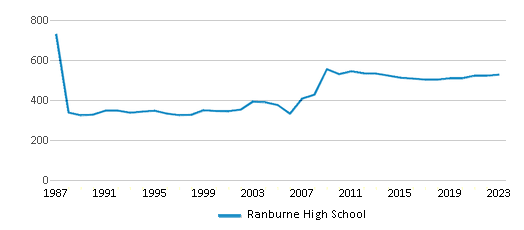
Gender %
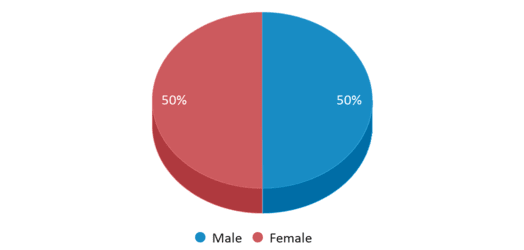
Total Classroom Teachers
28 teachers
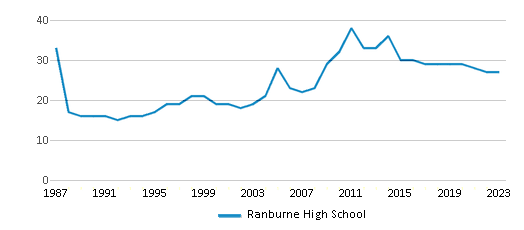
Students by Grade
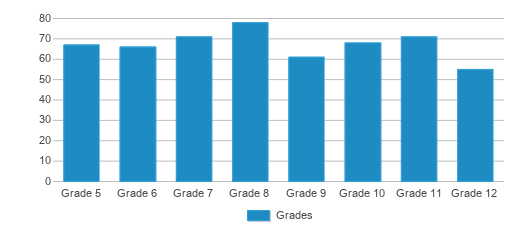
School Rankings
Ranburne High School ranks within the bottom 50% of all 1,285 schools in Alabama (based off of combined math and reading proficiency testing data).
The diversity score of Ranburne High School is 0.04, which is less than the diversity score at state average of 0.63. The school's diversity has stayed relatively flat over five school years.
Overall Testing Rank
#740 out of 1285 schools
(Bottom 50%)
(Bottom 50%)
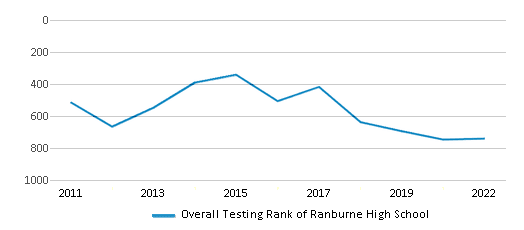
Math Test Scores (% Proficient)
14%
29%
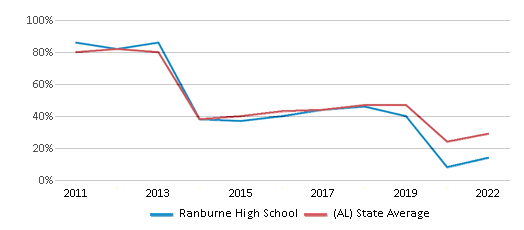
Reading/Language Arts Test Scores (% Proficient)
46%
47%
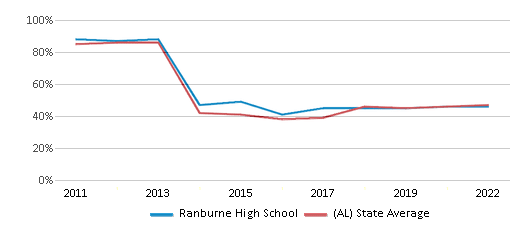
Science Test Scores (% Proficient)
40-44%
38%
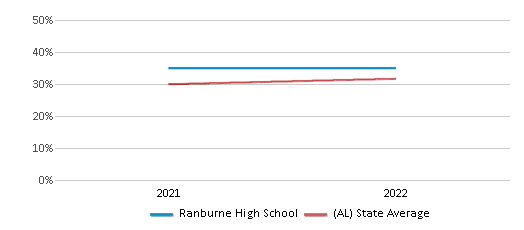
Student : Teacher Ratio
19:1
17:1
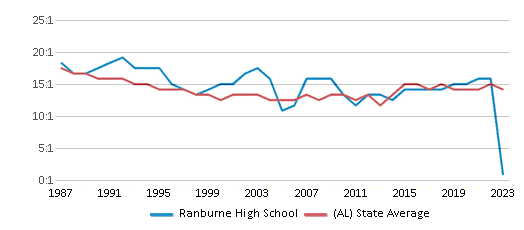
American Indian
n/a
1%
Asian
1%
1%
Hispanic
1%
11%
Black
n/a
32%
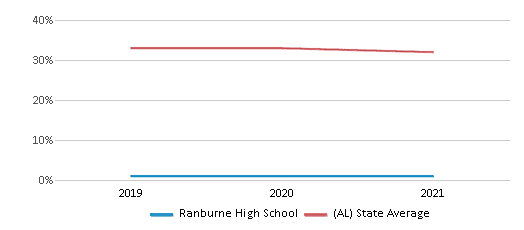
White
98%
51%
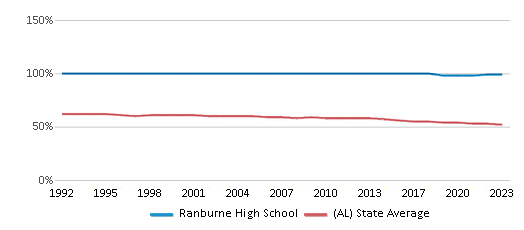
Hawaiian
n/a
n/a
Two or more races
n/a
4%
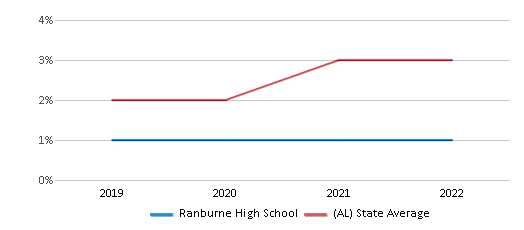
All Ethnic Groups
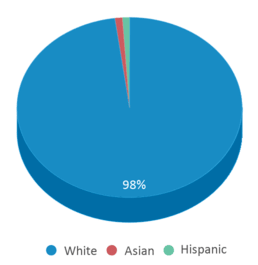
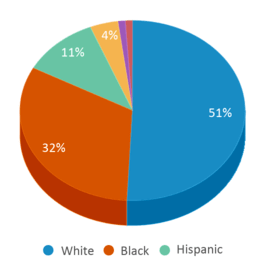
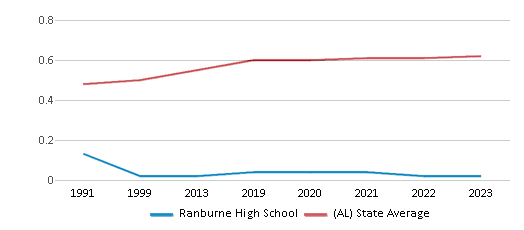
Graduation Rate
≥90%
88%
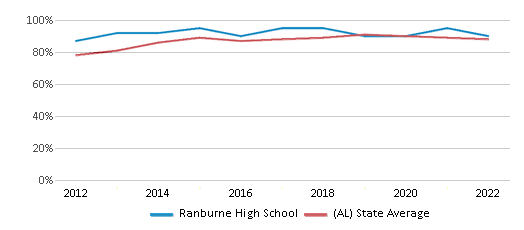
Participates in the National School Lunch Program (NSLP)
Yes
Eligible for Free Lunch
46%
56%

Eligible for Reduced Lunch
10%
5%
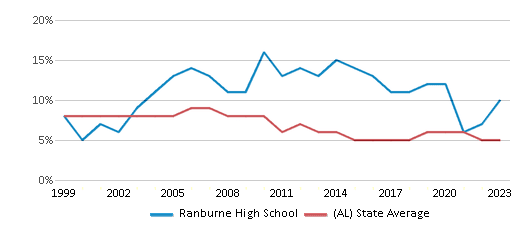
School Statewide Testing
School District Name
Source: National Center for Education Statistics (NCES), AL Dept. of Education
Profile last updated: 02/09/2025
Frequently Asked Questions
What is Ranburne High School's ranking?
Ranburne High School is ranked #740 out of 1,285 schools, which ranks it among the bottom 50% of public schools in Alabama.
What schools are Ranburne High School often compared to?
Ranburne High Schoolis often viewed alongside schools like Ranburne Elementary School by visitors of our site.
What percent of students have achieved state testing proficiency in math and reading?
14% of students have achieved math proficiency (compared to the 29% AL state average), while 46% of students have achieved reading proficiency (compared to the 47% AL state average).
What is the graduation rate of Ranburne High School?
The graduation rate of Ranburne High School is 90%, which is higher than the Alabama state average of 88%.
How many students attend Ranburne High School?
537 students attend Ranburne High School.
What is the racial composition of the student body?
98% of Ranburne High School students are White, 1% of students are Asian, and 1% of students are Hispanic.
What is the student:teacher ratio of Ranburne High School?
Ranburne High School has a student ration of 19:1, which is higher than the Alabama state average of 17:1.
What grades does Ranburne High School offer ?
Ranburne High School offers enrollment in grades 5-12
What school district is Ranburne High School part of?
Ranburne High School is part of Cleburne County School District.
School Reviews
5 5/21/2012
This is a great school. It is a safe school, and everybody knows everybody. They have great athletic and education gifts.
2 7/16/2011
This school is lacking in academic leadership. If a student is an athlete they are allowed to do as they please. To bully, to harass, to disrespect the teachers.There are no art classes.Ag-science is a required subject for most students. The school is still in the 1950's as far as their social conscience. Help is needed for this school.
5 1/25/2008
I would definatly reccomend this school It is geared more toward a private, instead of public, Much more diciplined than any other school. Sports are great, We have a lot of gifted students. We could use art class. But we are rebuilding so a lot of things will be added.
5 9/26/2007
Everything was wonderful when i went to school there. The teachers cared about the students and whether they learned the material. THere was a few exceptions, but those are even at bigger schools. I graduated in 2004. There has been some turn around in staff, but the majority is still the same and pretty cool. I would recommend this school.
Review Ranburne High School. Reviews should be a few sentences in length. Please include any comments on:
- Quality of academic programs, teachers, and facilities
- Availability of music, art, sports and other extracurricular activities
Recent Articles

What Is A Charter School?
Explore the world of charter schools in this comprehensive guide. Learn about their history, how they operate, and the pros and cons of this educational innovation. Discover key facts about charter schools, including admission policies, demographics, and funding, as well as what to look for when considering a charter school for your child.

10 Reasons Why High School Sports Benefit Students
Discover the 10 compelling reasons why high school sports are beneficial for students. This comprehensive article explores how athletics enhance academic performance, foster personal growth, and develop crucial life skills. From improved fitness and time management to leadership development and community representation, learn why participating in high school sports can be a game-changer for students' overall success and well-being.

February 05, 2025
Understanding the U.S. Department of Education: Structure, Impact, and EvolutionWe explore how the Department of Education shapes American education, from its cabinet-level leadership to its impact on millions of students, written for general audiences seeking clarity on this vital institution.









